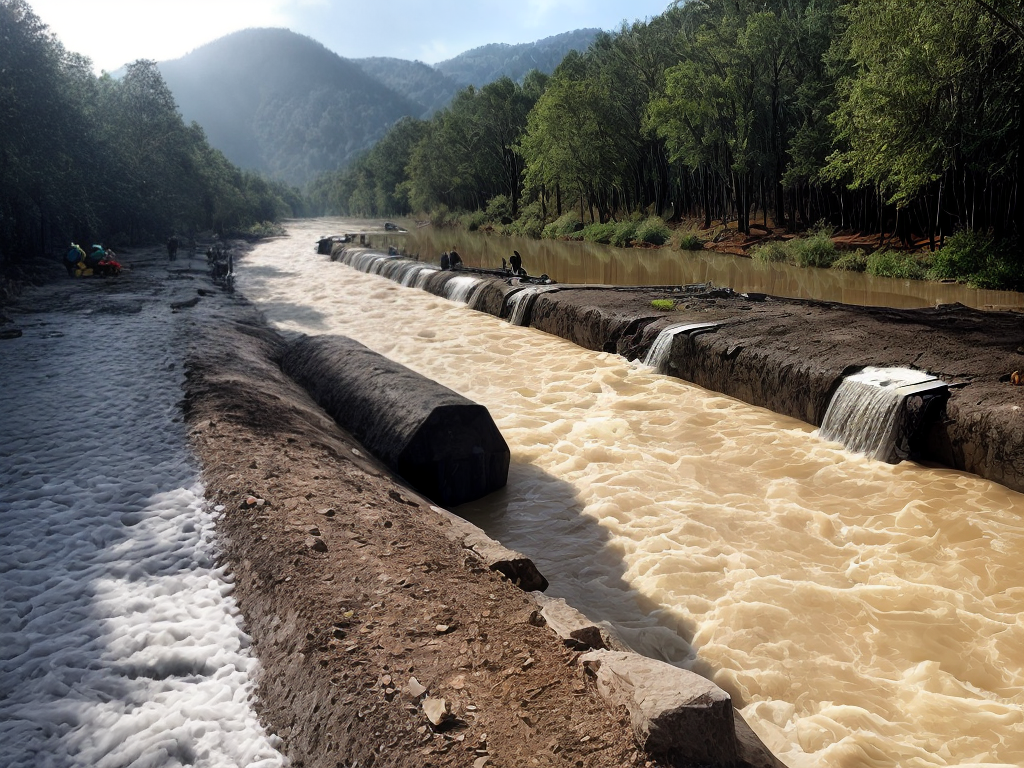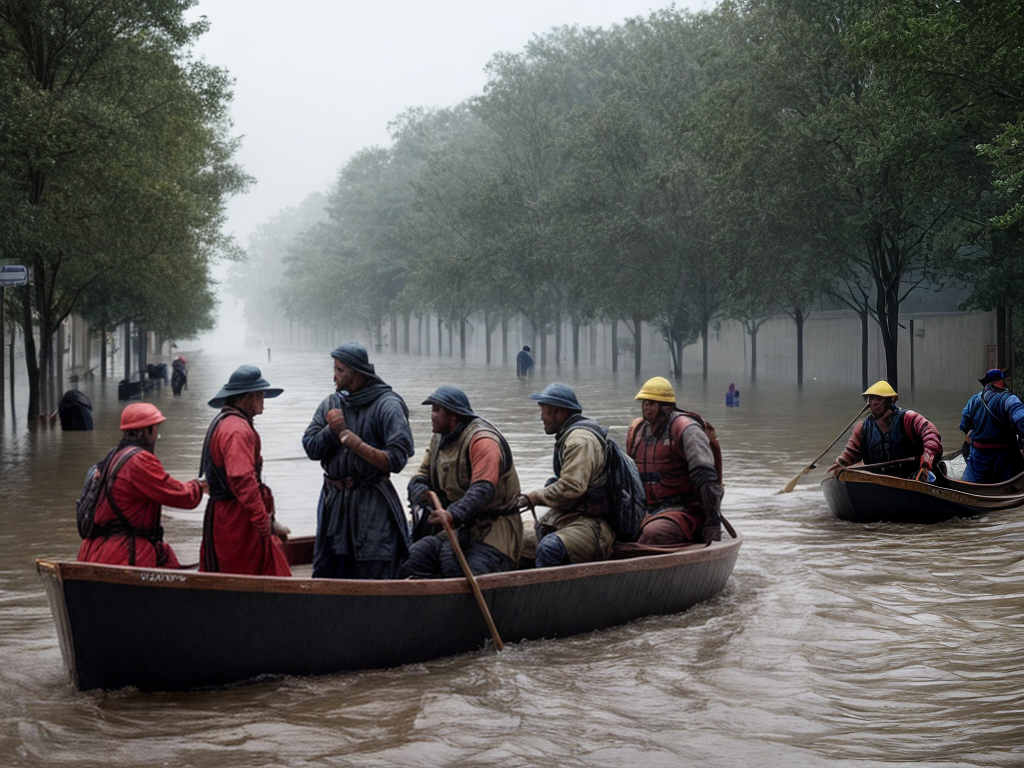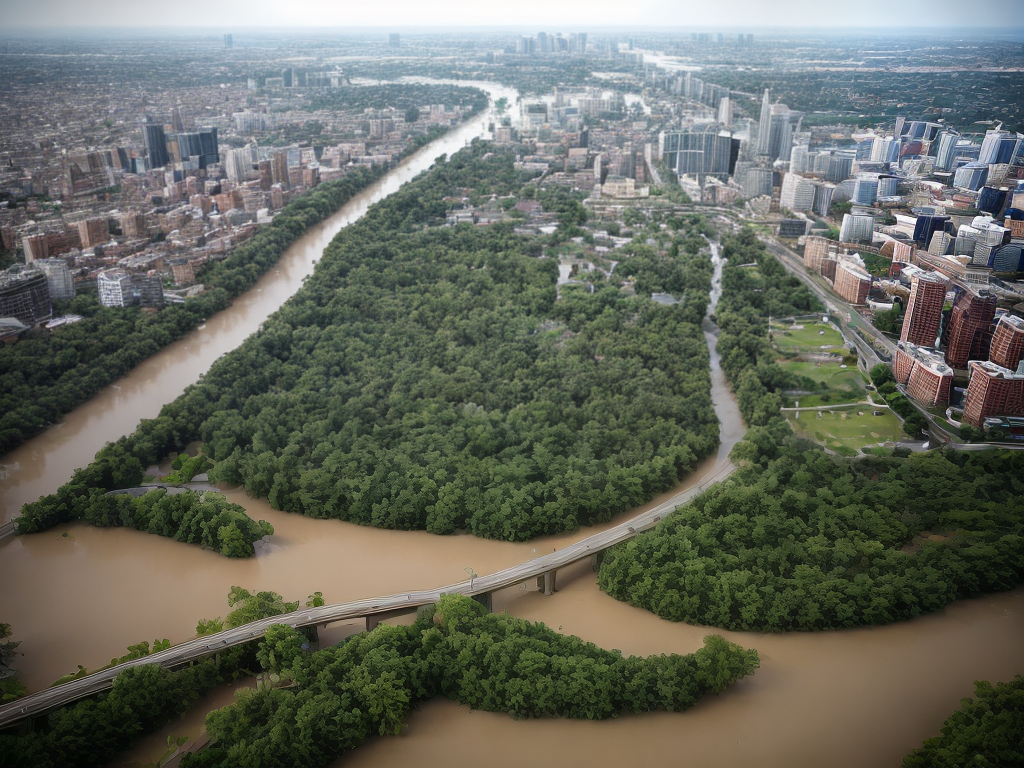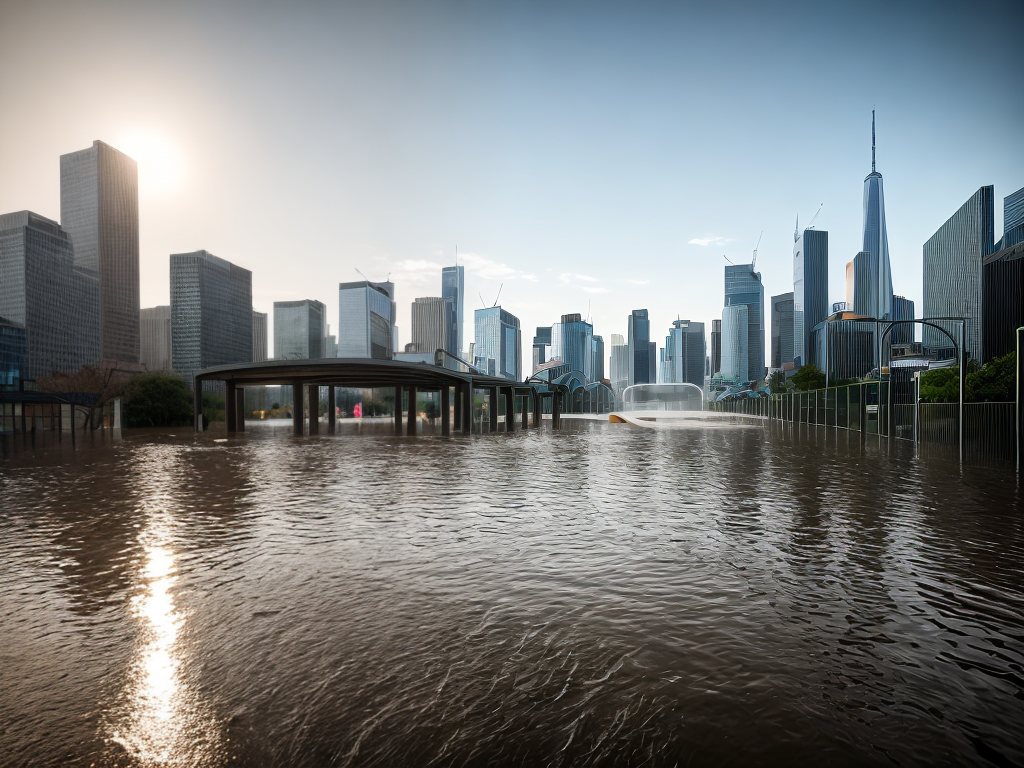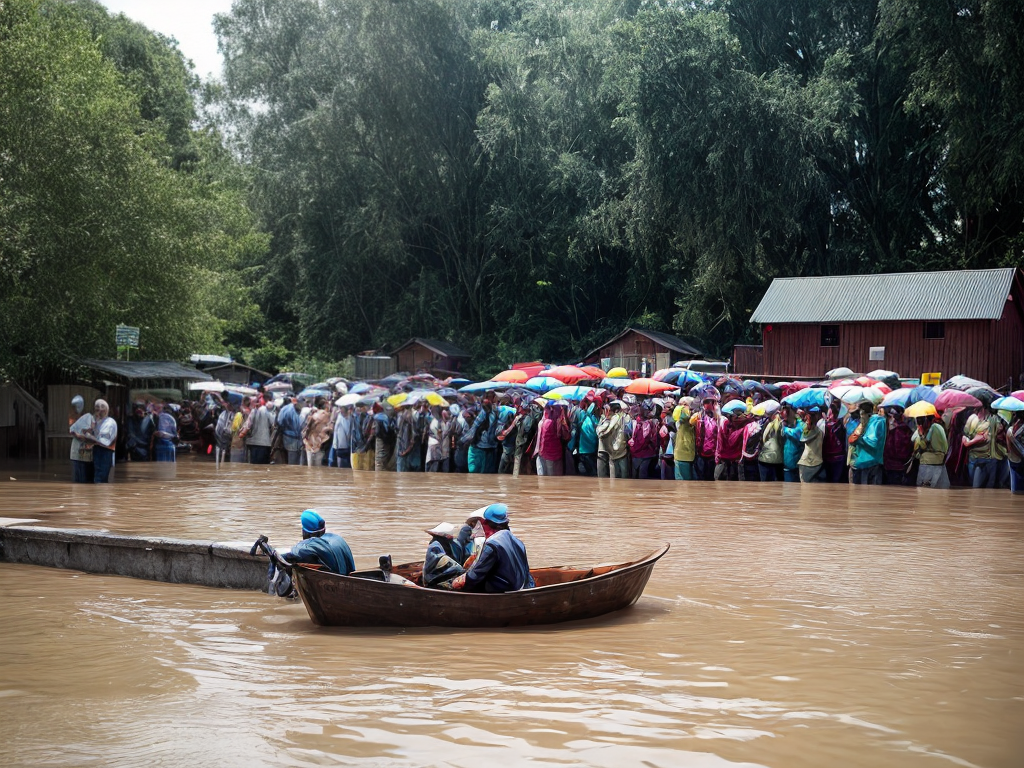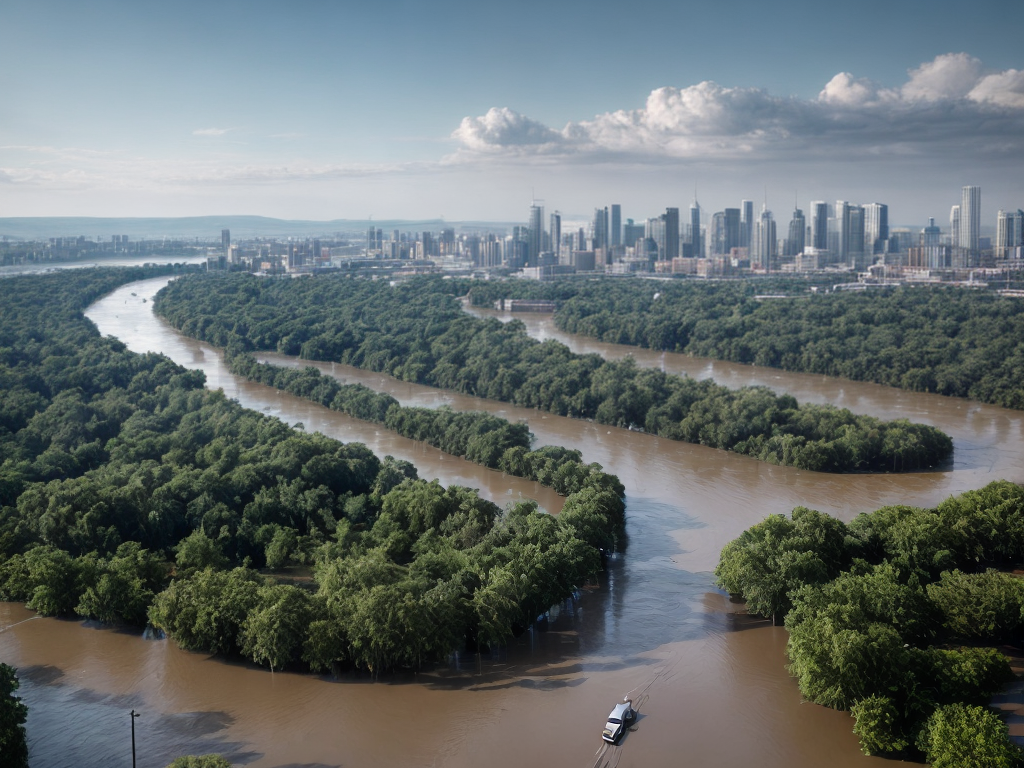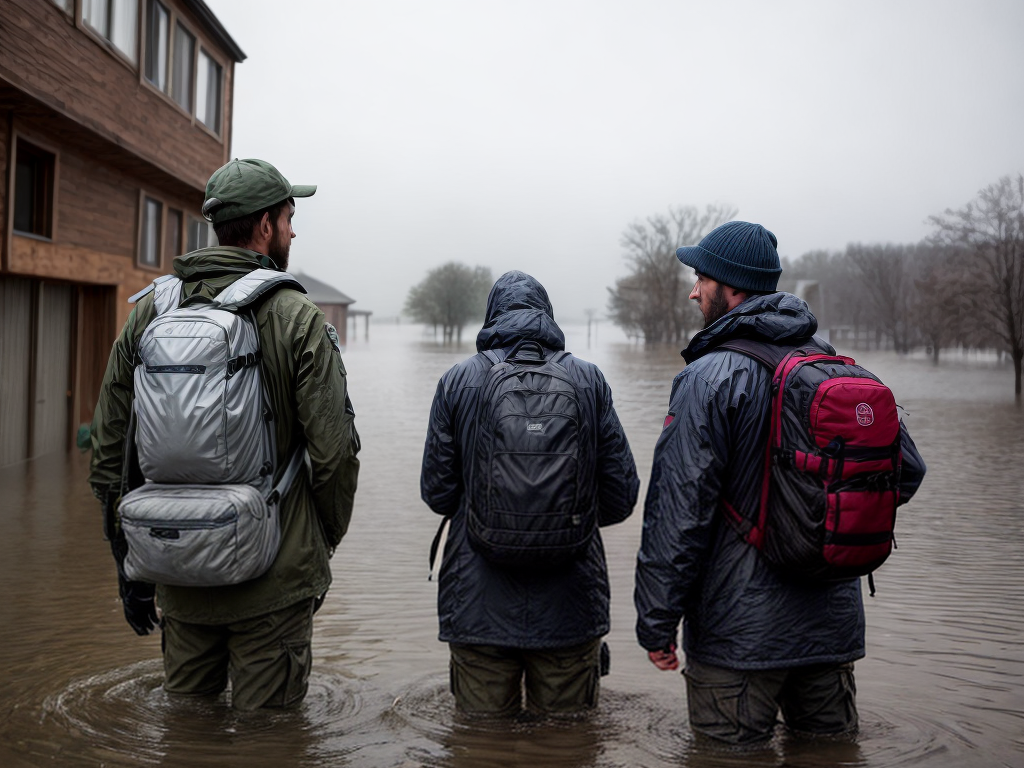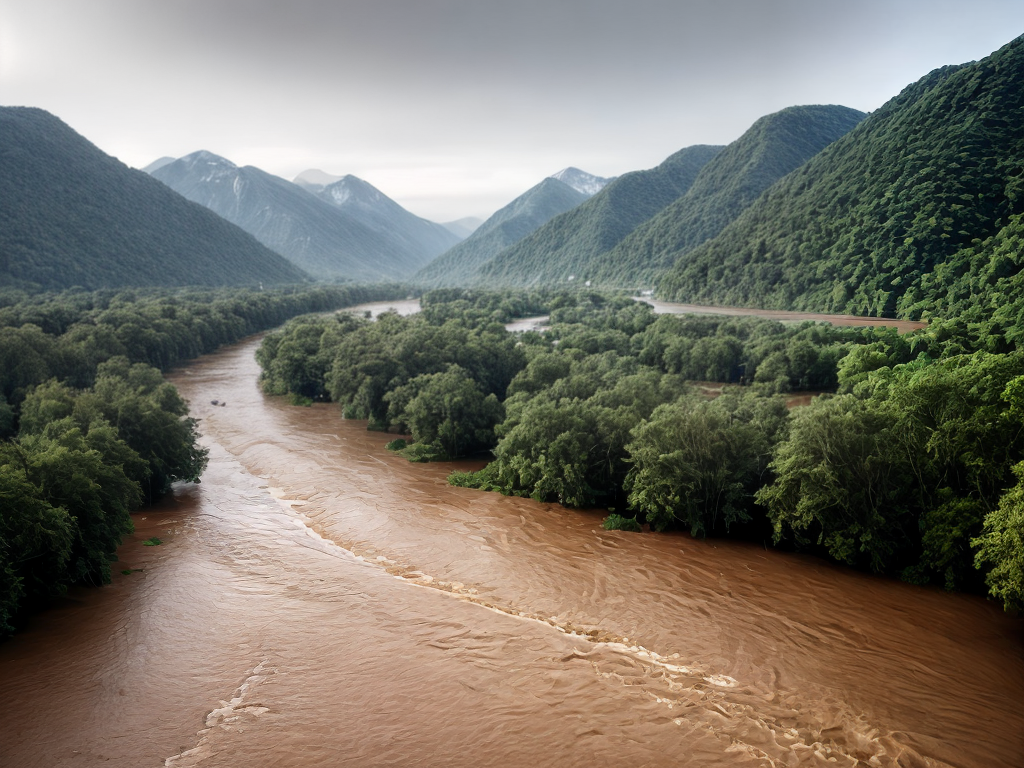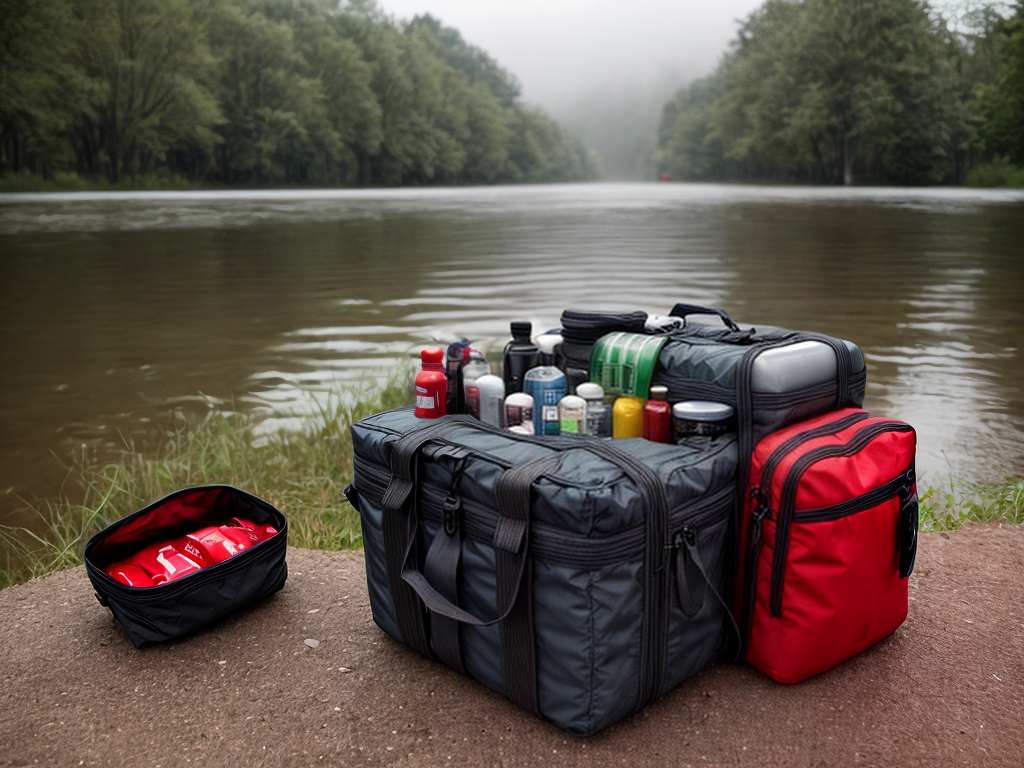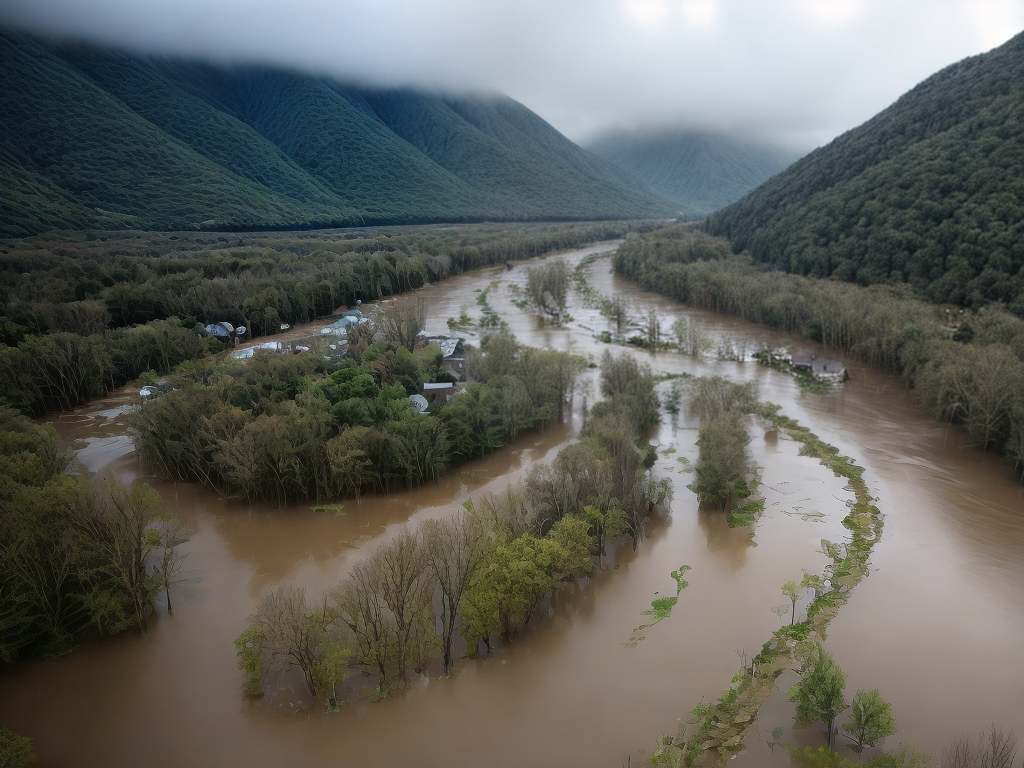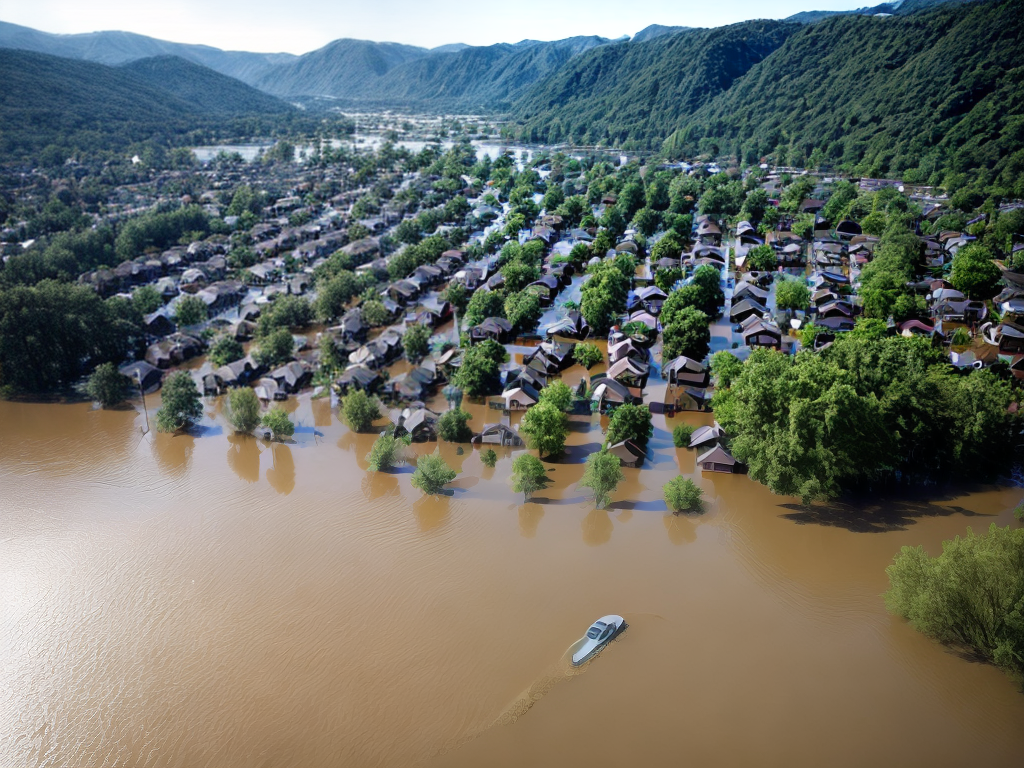When it comes to natural disasters, floods are among the most devastating and unpredictable. The rising water levels can cause extensive damage to homes and properties, leaving families in distress and vulnerable situations. In order to stay safe and prepared during a flood emergency, it is crucial to have a well-equipped home flood emergency kit. In this comprehensive guide, we will walk you through the essential items you should include in your kit, ensuring that you are ready to face any flood-related challenges that may come your way.
1. Water and Food Supplies
During a flood, access to clean drinking water and non-perishable food becomes limited. It is essential to include an ample supply of these items in your emergency kit. Plan for at least three days’ worth of water, allocating one gallon per person per day. Additionally, choose non-perishable food items that are easy to prepare, such as canned goods, energy bars, and dried fruits. Don’t forget to include a manual can opener as well.
2. First Aid Kit and Medications
In any emergency situation, having a well-stocked first aid kit can make a significant difference in providing immediate medical attention. Your kit should include bandages, gauze pads, adhesive tape, antiseptic solution, pain relievers, scissors, and tweezers. Additionally, if you or any family member requires medication, make sure to pack a sufficient supply in your emergency kit.
3. Flashlights, Batteries, and Whistles
When floods strike, power outages are common. It is crucial to have a reliable source of light readily available. Include battery-powered flashlights or lanterns in your emergency kit, along with extra batteries. Whistles are also useful for signaling for help during a flood situation, especially if you find yourself trapped or in need of assistance.
4. Communication Devices
Staying connected with loved ones and emergency services is vital during a flood emergency. Include a battery-powered or hand-crank radio in your kit to receive updates and important information. Additionally, pack a fully charged mobile phone with a portable charger, ensuring that you can stay connected even if power sources are limited.
5. Personal Hygiene and Sanitation Items
Maintaining personal hygiene and sanitation is crucial during a flood emergency to prevent the spread of diseases. Pack items such as hand sanitizer, wet wipes, toilet paper, feminine hygiene products, and garbage bags in your emergency kit. These essentials will help you stay clean and comfortable until normal services are restored.
6. Protective Gear and Clothing
During flood situations, it is important to prioritize personal safety. Include protective gear such as gloves, goggles, and waterproof boots in your emergency kit. Additionally, pack extra clothing, including waterproof jackets, pants, and thermal undergarments. These items will help protect you from the elements and keep you warm in wet conditions.
7. Important Documents and Cash
In the aftermath of a flood, it is common for important documents to be damaged or lost. To mitigate this risk, store copies of essential documents such as identification cards, insurance policies, and medical records in a waterproof container within your emergency kit. Additionally, include some cash in small denominations, as ATMs and electronic payment systems may be inaccessible during a flood.
Conclusion
In conclusion, a well-prepared home flood emergency kit is essential for staying safe and secure during a flood situation. By including items such as water and food supplies, a first aid kit, flashlights and batteries, communication devices, personal hygiene items, protective gear, important documents, and cash, you can ensure that you and your family are ready to face any challenges that may arise. Remember to regularly check and update your emergency kit to ensure that all items are in good condition and have not expired. Stay dry and prepared, and may you never have to face the devastating effects of a flood.

